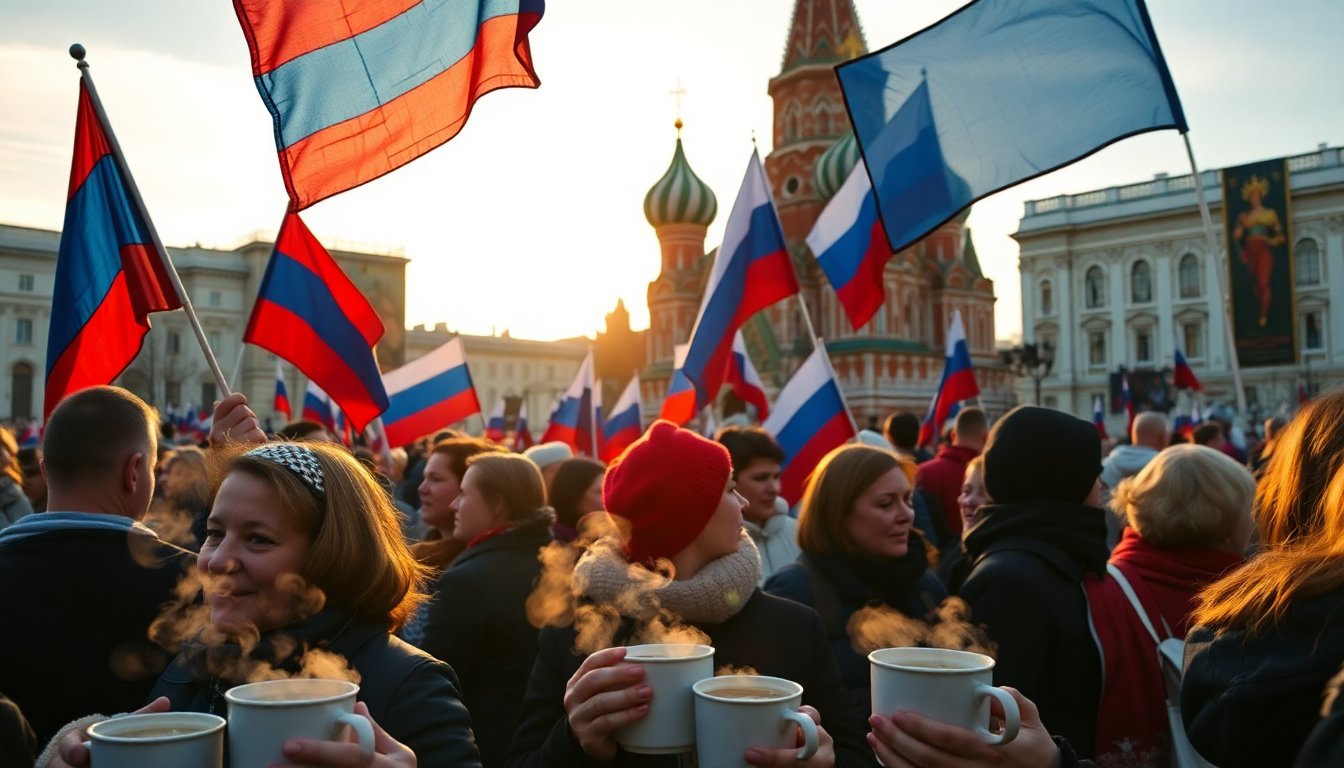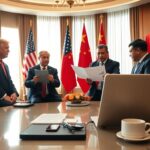Table of Contents
Every year on November 4, Russia observes National Unity Day, a holiday commemorating a significant moment in the nation’s history. This day is rooted in the early 17th century, when a grassroots uprising successfully liberated Moscow from Polish-Lithuanian occupation.
While the holiday symbolizes the end of the Time of Troubles, it has evolved into a complex occasion, leaving many wondering how to engage with it meaningfully.
In recent years, particularly from the mid-2000s until the annexation of Crimea, National Unity Day saw increased activities among Russian nationalists.
During Dmitry Medvedev’s presidency, it became synonymous with the annual Russian March—a gathering of various nationalist groups showcasing their ideologies. These marches represented some of the largest anti-Kremlin demonstrations, rivaling the protests that erupted between 2011 and 2012 over alleged electoral fraud.
The Russian March: A catalyst for change
The Russian March emerged as a notable platform for dissent, drawing diverse crowds, including prominent figures like Alexey Navalny. Navalny, who participated in the marches from 2007 to 2011, transitioned from a nationalist stance to a populist approach focused on combating corruption.
This shift reflects a broader evolution within the opposition landscape, showcasing a blend of nationalism and anti-corruption rhetoric.
Voices from the movement
To gain deeper insights into the Russian March and its significance within the anti-Kremlin movement, journalist Andrey Pertsev from Meduza engaged with three former participants.
These included a close associate of the march organizers, a former municipal deputy from Moscow, and Sergey Bespalov, who once coordinated Navalny’s operations in Irkutsk. Their narratives provide a glimpse into the dynamics of the movement and its gradual transformation.
All three interviewees concurred that the political landscape shifted dramatically following Russia’s annexation of Crimea. Bespalov noted that the Kremlin manipulated the meaning of the term “Russian,” aligning it with state-sponsored narratives. This appropriation of nationalism echoes how the government took control of events like the Immortal Regiment parades, which honor the memory of those who fought in World War II.
The impact of external events
The annexation of Crimea did more than alter political allegiances; it underscored the power of nationalist fervor demonstrated during Ukraine’s Maidan Revolution. Despite the Kremlin’s efforts to dilute anti-Kremlin nationalism, former participants expressed optimism about the movement’s resilience. They believe that once Putin’s regime falters, the spirit of nationalism will resurface and evolve.
Surveillance and paranoia
Interestingly, those who marched were acutely aware of police surveillance. One participant described the Russian March as a “main allergen” for Vladislav Surkov, a key figure in Kremlin politics. The diverse crowd included not just fervent nationalists but also individuals who appeared to be provocateurs, possibly planted by state security to manipulate the narrative surrounding the demonstrations. This sense of unease and suspicion regarding government infiltration still permeates nationalist groups today.
The Kremlin’s media manipulation
In addition to the political intricacies surrounding National Unity Day and the Russian March, the Kremlin’s media tactics have come under scrutiny. An investigative project by RFE/RL’s Systema has revealed that the Kremlin often employs pre-recorded videos—or “canned” footage—of President Vladimir Putin’s meetings to project an image of continuous governance. This strategy gives the impression that Putin is perpetually engaged in state affairs, even when he may be absent from the public eye.
Recent reports indicate a pattern of such videos being released, with investigators noting discrepancies like changes in office decor and officials appearing in identical attire across different days. This orchestrated presentation of events raises questions about the Kremlin’s transparency and the authenticity of its communication strategies.
For instance, on May 12, RFE/RL highlighted a pre-recorded meeting involving Ivanovo Governor Stanislav Voskresensky, which coincided with Alina Kabaeva’s birthday—widely believed to be Putin’s long-time partner. The juxtaposition of these events illustrates the lengths to which the Kremlin goes to maintain a carefully curated public image.
In recent years, particularly from the mid-2000s until the annexation of Crimea, National Unity Day saw increased activities among Russian nationalists. During Dmitry Medvedev’s presidency, it became synonymous with the annual Russian March—a gathering of various nationalist groups showcasing their ideologies. These marches represented some of the largest anti-Kremlin demonstrations, rivaling the protests that erupted between 2011 and 2012 over alleged electoral fraud.0





